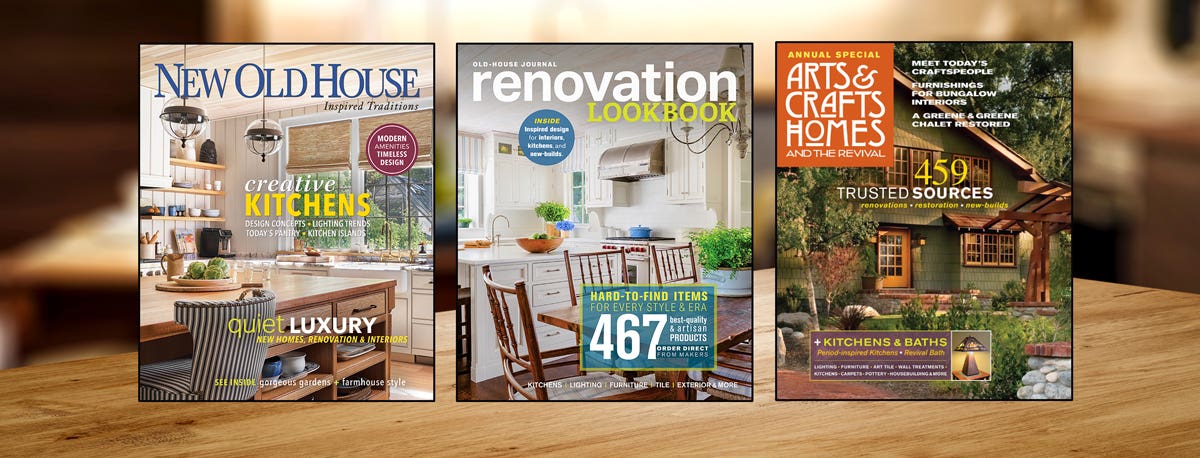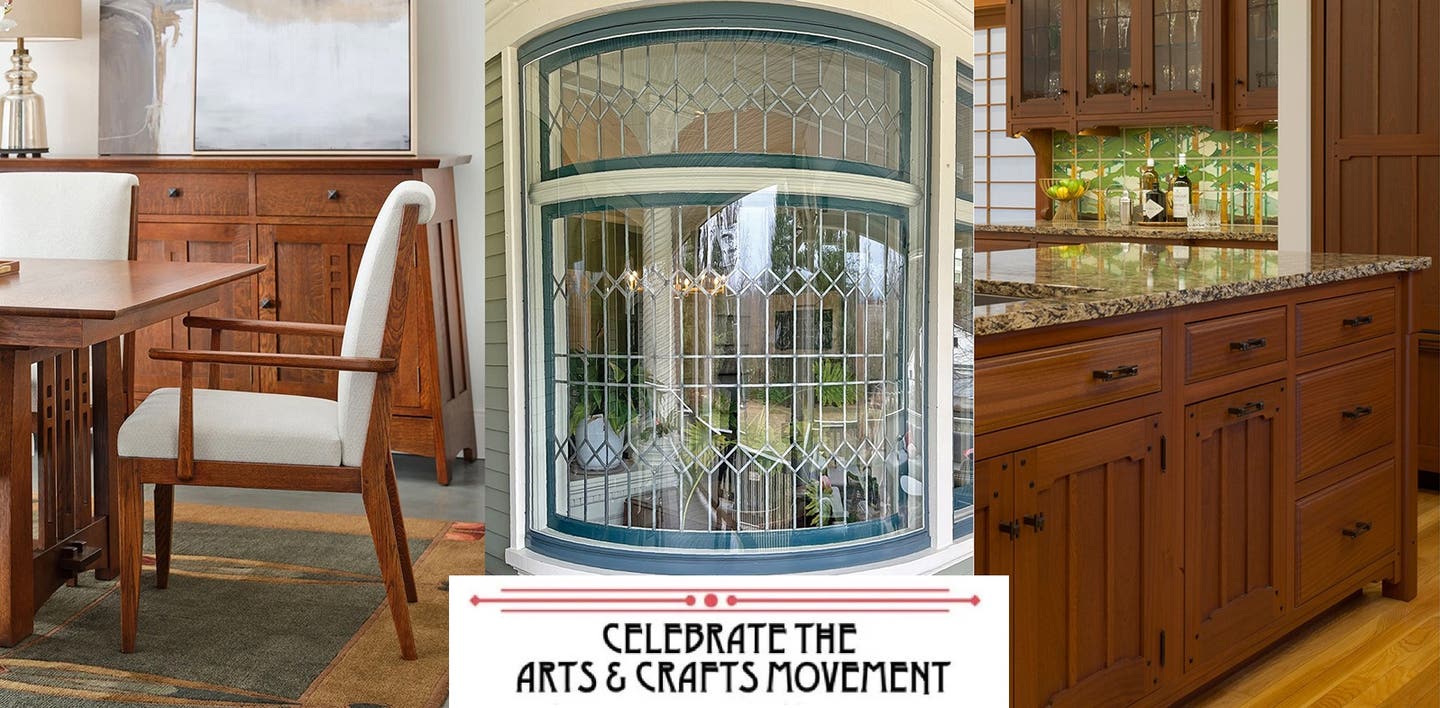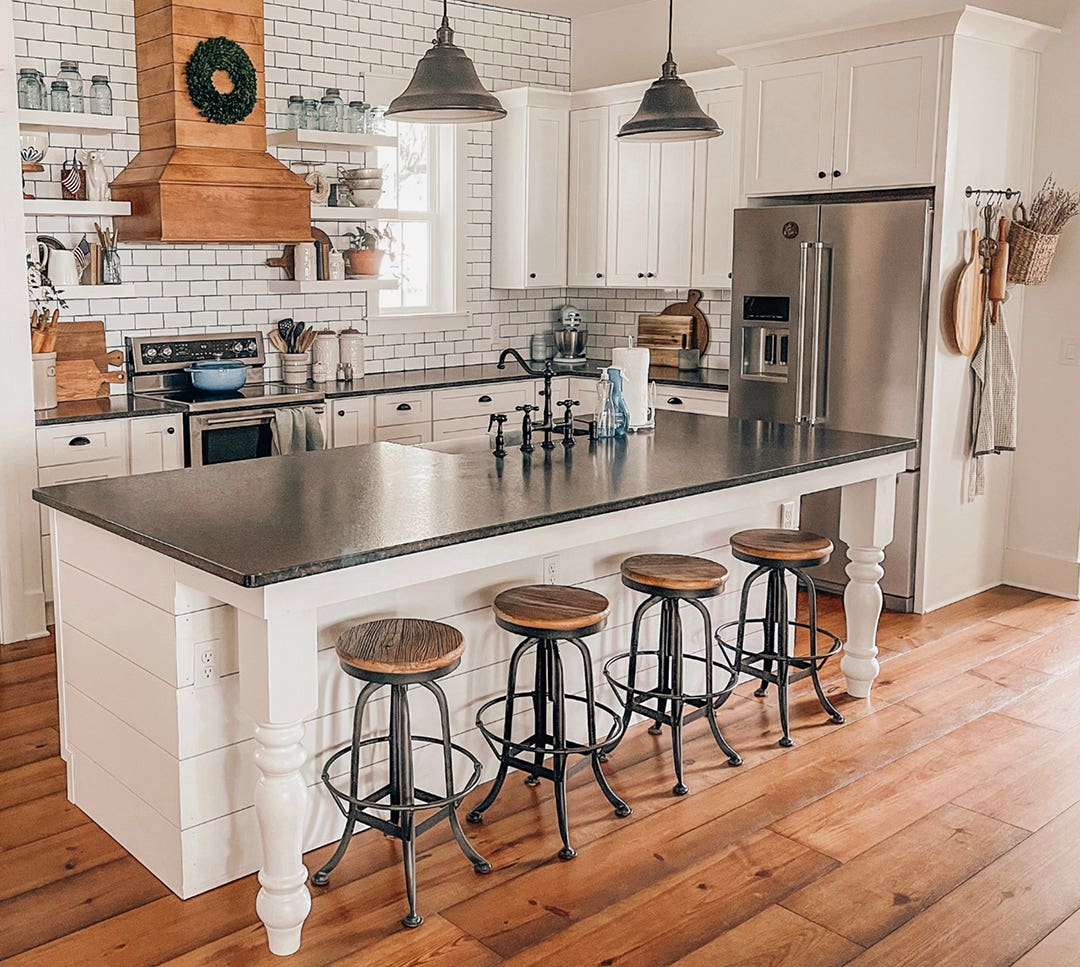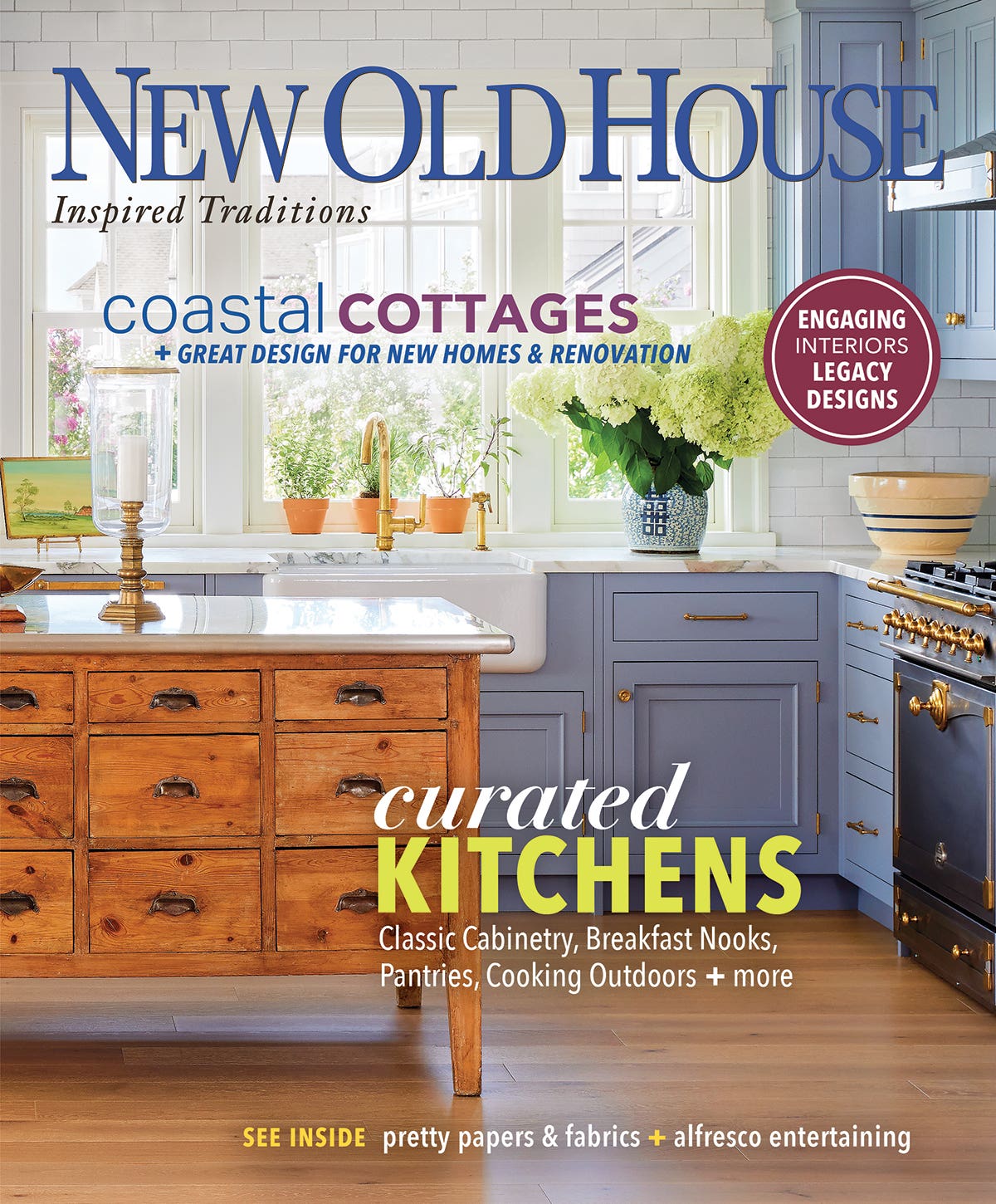As Usual, It Goes Back to Wine
A Note from the Editor: As I read the proofs for the most recent issue of the magazine, I saw that the word “vintage” comes up in several headlines and…
A Note from the Editor:
As I read the proofs for the most recent issue of the magazine, I saw that the word “vintage” comes up in several headlines and stories. We’ve used it as a synonym for antique, another time to mean original; most often we use it to connote a certain look, or “of an era.” I think I know what vintage means, and where the word comes from, but let me look it up...
Judging from search-engine hits, “vintage” recently has become a controversial word, all because of eBay. Apparently certain unscrupulous sellers fudge their meaning, using the word “vintage” to suggest antiquity and value where neither exists. Moving on to dictionaries, here’s what I find:
- Vintage (noun) is one season’s yield of grapes or wine from a vineyard or a district. Also: the year or place where the wine was bottled. Also: wines of exceptional quality or age.
- As an adjective, vintage means (1) relating to a vintage. (2) Characterized by excellence, maturity, enduring appeal—in other words, a classic. (3) Old or outmoded. (4) The best of. (5) The most distinctive of.
- Vintage (noun) is also used as a synonym for era, period, type, and time of origin. My old Webster’s says “a collection of contemporaneous and similar things.”
- As an adjective, the word is used as a synonym for classic, old, veteran, historic, heritage, enduring, timeless, and ageless. This is from Pudd’n’head Wilson by Mark Twain:
He told them a good many humorous anecdotes, and always forgot the nub, but they were always able to furnish it, for these yarns were of a pretty early vintage, and they had had many a rejuvenating pull at them before.
I’m satisfied by our writers’ use of the word “vintage.” We mean to suggest a particular time with particular characteristics. Sometimes we’re referring to something old that has survived, other times to new work done to evoke a time and its conventions. The difference is always obvious from the context. We would be more likely to call something of the Victorian era “antique” because 100 years has passed. A starburst mirror of 1962 is better called vintage. But one can create a “new vintage” kitchen, too, according to the definitions.
Subscribe to Arts & Crafts Homes, or pick up an issue at your favorite bookstore or newsstand. Order back issues through the Old-House Bookstore or call (800) 850-7279.
Patricia Poore,Editor
ppoore@homebuyerpubs.com
10 Harbor Rd., Gloucester, MA 01930
Sources: eBay discussion board; thefreelibrary.com (Pudd’n’head Wilson, Chapter 7); The American Heritage Dictionary of the English Language (Houghton Mifflin, 2009); Collins English Dictionary (HarperCollins, 2003); Collins Thesaurus of the English Language (HarperCollins 2002); Merriam–Webster Dictionary (various editions).
Patricia Poore is Editor-in-chief of Old House Journal and Arts & Crafts Homes, as well as editorial director at Active Interest Media’s Home Group, overseeing New Old House, Traditional Building, and special-interest publications.
Poore joined Old House Journal when it was a Brooklyn-brownstoner newsletter in the late 1970s. She became owner and publisher and, except for the years 2002–2013, has been its editor. Poore founded the magazines Old-House Interiors (1995–2013) and Early Homes (2004–2017); their content is now available online and folded into Old-House Journal’s wider coverage. Poore also created GARBAGE magazine (1989–1994), the first unaffiliated environmental consumer magazine.
Poore has participated, hands-on, in several restorations, including her own homes: a 1911 brownstone in Park Slope, Brooklyn, and a 1904 Tudor–Shingle Style house in Gloucester, Massachusetts, where she brought up her boys and their wonderful dogs.







